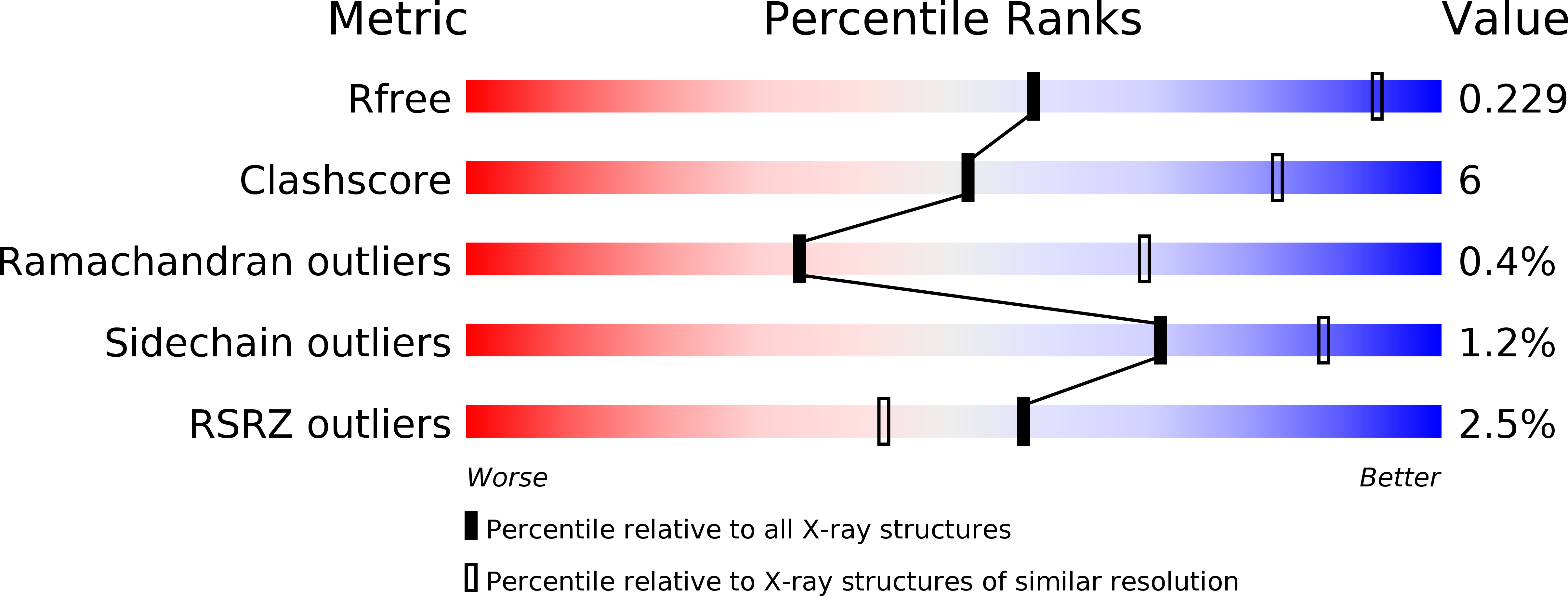
Deposition Date
2018-07-16
Release Date
2019-10-23
Last Version Date
2023-11-22
Entry Detail
PDB ID:
6AA0
Keywords:
Title:
Crystal Structure of Toxoplasma gondii Prolyl tRNA Synthetase (TgPRS) in Apo Form
Biological Source:
Source Organism:
Toxoplasma gondii ME49 (Taxon ID: 508771)
Host Organism:
Method Details:
Experimental Method:
Resolution:
3.20 Å
R-Value Free:
0.22
R-Value Work:
0.18
R-Value Observed:
0.18
Space Group:
P 31


